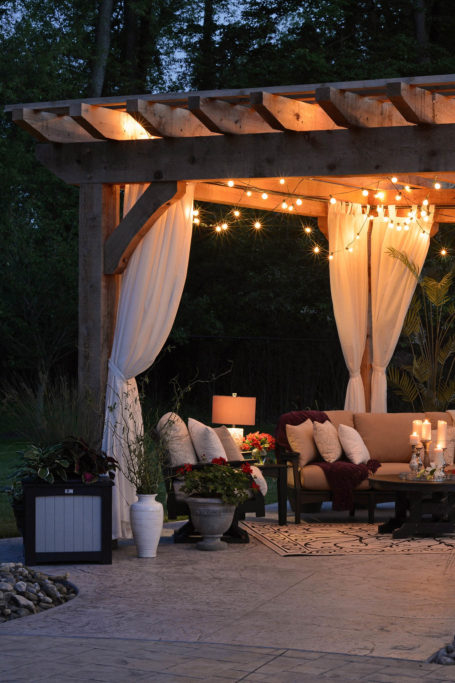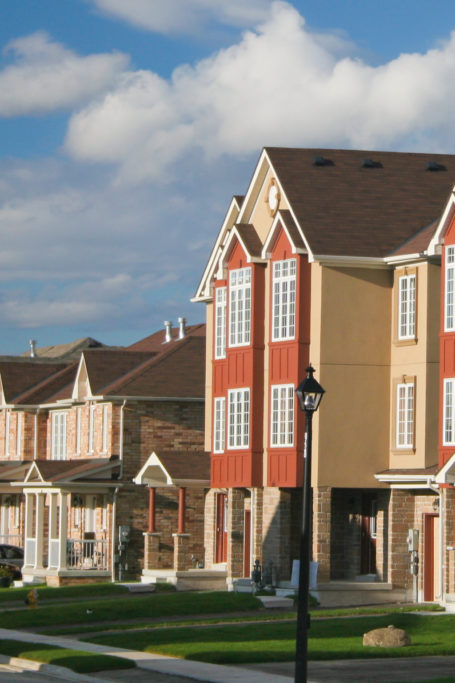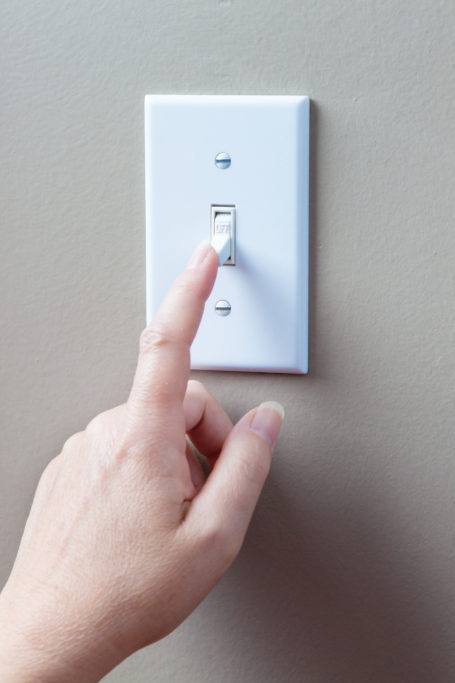Buying Land for Your Dream Home
Building a home from the ground up can be one of the most rewarding ways to create a space that fits your lifestyle, priorities, and personality.
But before the plans are drawn up or the foundation is poured, one crucial step comes first: finding the right piece of land.
This process is a bit different from purchasing a move-in-ready home, and it comes with its own set of questions, steps, and considerations. Whether you’re dreaming of a wooded retreat or a plot in a growing neighborhood, here are some key steps to help you prepare.

Start with a clear vision
Before you fall in love with a lot, take the time to get specific about what you want in a home. Are you interested in a single-level or multistory design? Do you want a large yard, room for a garden, or scenic views? It’s also important to consider the lifestyle you seek. For example, if you want peace and privacy, a rural plot might be ideal. But if walkability, schools, or community amenities are a priority, one in a more developed area could be a better match. The more detailed your goals are, the easier it will be to evaluate which piece of land is the right fit.
Understand the basic types of land
Not all land is move-in or build ready. Raw land typically hasn’t been touched, meaning it may have no road access, clear title boundaries, or infrastructure for certain utilities in place. On the other hand, unimproved (partially developed) and improved land has been prepped for residential use to various extents and may thus include water and sewer connections, electricity, and the like.
Naturally, these factors can greatly impact the price point and construction process. Raw land can be more affordable up front but also cost more in the long run once you factor in installing a well or septic system, for instance; you may even need to bring in power lines in a more rural location. Meanwhile, unimproved and improved lots may sell for more but be generally easier and quicker to build on.
Assessing the pros and cons of each type can help you make a more informed choice about the direction you’d like to pursue. And once you’ve set your eye on a listing, a land survey and site evaluation can provide more insight into what improvements may be required and whether the property is suitable for building.

Check zoning and land-use restrictions
Equally important to research are local zoning laws. These rules determine how the land can be used and may limit the size, style, or type of home you can build. Some areas may also have rules about additional structures like guest houses, garages, and sheds.
Beyond zoning, look into any deed restrictions or homeowners association (HOA) rules, especially in planned communities. These may affect elements like your home’s design, exterior materials, and whether you’re allowed to park an RV on the property.
Budget beyond the purchase price
When budgeting for land, make sure to factor in more than just the cost of the lot itself. Site preparation, utility hookups, permits, inspections, and infrastructure improvements can all affect how much you may need to spend on your overall project. Also keep in mind that some lots, especially raw land, may demand environmental tests or soil studies before they can be approved for construction. Working with a local builder or land consultant can help you get a clearer picture of these total costs.
Work with the right professionals
Because buying land is more complex than buying a home, having the right team in your corner makes all the difference. A real estate agent who specializes in land sales can help you navigate zoning issues, negotiate a fair price, and spot potential red flags. You’ll also want to involve a builder or architect early in the process to ensure that the lot can support the type of home you want to construct. And whether you’re planning to buy with a construction loan or finance the build later, talk with your lender in advance to understand what’s required and what kind of terms you may qualify for. With such experts by your side, you can better your chances of ensuring a smooth process toward creating your dream home.


















